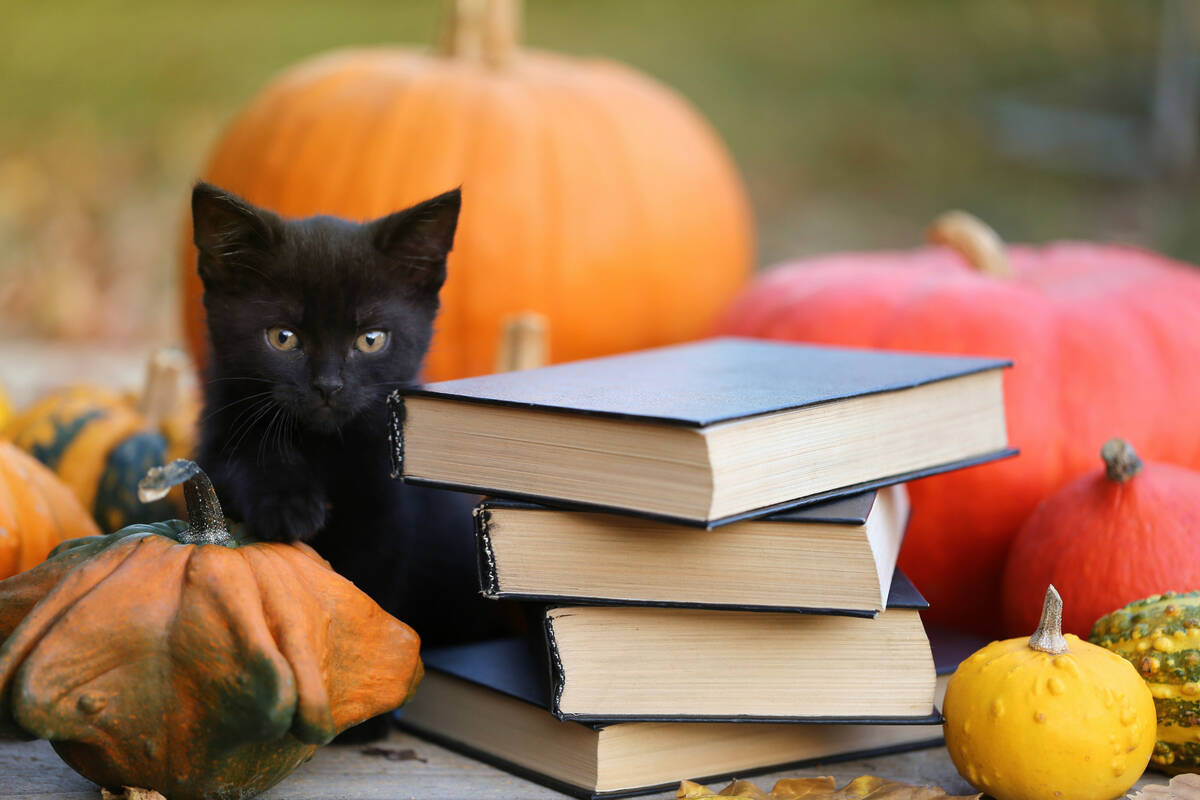4 terrifying new novels: Chilling, thrilling fiction for the scariest season
This fall, we’ve been graced with a fearsome host of terrifying novels. Many of them have a heavy emphasis on body horror — the revolting spectacle of the human form warped by strange forces, along the lines of last year’s award-winning film “The Substance.” Unsettling and creepy, these books leave you with a lingering sense that unspeakable things live on the fringes of our world.
Fiend by Alma Katsu
The ultrawealthy Berisha family is notorious for its unethical dealings — but anyone who challenges them dies. The family has a dark secret, going back generations: a mysterious demonic protector. One younger daughter, Maris, is determined to replace her older brother Dardan as heir to both fortune and demon, at any cost.
Katsu’s monster lurks outside our frame of vision, and the book’s main entertainment comes from the wild soap-operatic power struggle between Maris, her siblings and their outside rivals. The demon’s help has a price of its own: Maris’ father, Zef, can’t live with his family, lest he become angry and accidentally cause the demon to hurt someone. Along the way, the demon becomes a metaphor, not just for wealth and power but also for the suffocating weight of the past.
“Fiend” delivers potent chills, while building to a powerful and revelatory ending.
Moonflow by Bitter Karella
Sarah, a trans fungus expert, ventures into a shape-shifting forest to find a rare hallucinogenic mushroom called the King’s Breakfast. Within the forest, a murderous lesbian-separatist cult uses the mushroom to worship a goddess called the Green Lady. And the Green Lady’s nemesis, the sinister Lord of the Forest, is preparing to rise.
“Moonflow” is both profound and profoundly strange, as mind-expanding as the most potent magic mushroom. Karella achieved fame as an online humorist, with the Hugo-nominated “Midnight Society” social media account, and her bizarre sense of humor is on full display here. But Karella pairs her comedy with skin-crawling dread, beautifully conjuring the image of a forest so damp that everything rots. In a play on Oscar Wilde’s famous observation, those who wish to gaze at the stars must crawl deeper into the gutter.
Sarah is a wonderfully snarky protagonist, clever and resourceful but also deeply misguided. By the end, the dichotomy between the Green Lady and the Lord of the Forest gets subverted beautifully, along with most of the reader’s expectations. The real horror in “Moonflow” derives not from what nature can do to us if we’re foolish but from what happens when we impose our human preconceptions on the natural world.
You Weren’t Meant to Be Human by Andrew Joseph White
Crane, a nonverbal autistic trans man, is part of a community that serves the hive, a sentient collection of insects and worms that lives in the dark back room of a garage in Appalachia. When Crane’s abusive boyfriend, Levi, gets him pregnant, the hive insists that Crane must carry the fetus to term.
The hive might be the least frightening thing in “You Weren’t Meant to Be Human” — most of the scares come from Levi’s abuse and Crane’s forced pregnancy. Trapped by his self-loathing and tendencies to self-harm, Crane sees the hive as his salvation. Yyet the hive is a constant presence, manipulating Crane in all-bold sentences.
White also crafts some disturbing imagery, such as a man with bugs crawling under his skin: “He is made of skin sitting wrong on the muscle, muscle packed wrong on the bone, worms visible in the forearms and hips and thighs.” The tragedy at the heart of White’s story is that Crane refuses to see Jess, a fellow sufferer in the hive’s service, as an ally.
‘Slashed Beauties by A. Rushby
In 1769, an anatomist creates anatomical models out of wax, based on a woman named Eleanor and two other sex workers — but these “anatomical Venuses” come to life and murder men who wronged the flesh-and-blood women. In contemporary times, Eleanor’s descendant Alys must destroy the two remaining Venuses before they hurt anyone else.
“Slashed Beauties” is a slow burn because Eleanor and Alys keep resisting calls to act — but also because Rushby withholds a key piece of information until the homestretch. Still, Rushby uses the real-life history of Georgian medical experiments to marvelous effect, with haunting descriptions of pickled organs and grotesque maladies.
Eleanor’s relationships with Emily, a fellow sex worker, and Elizabeth, the draconian madam of an upstart bordello, remain compelling and full of lovely period details.
“Slashed Beauties” is worth reading as a novel about history and legacy, even if its terrors arrive rather late.
This is an excerpt from a Washington Post story.















